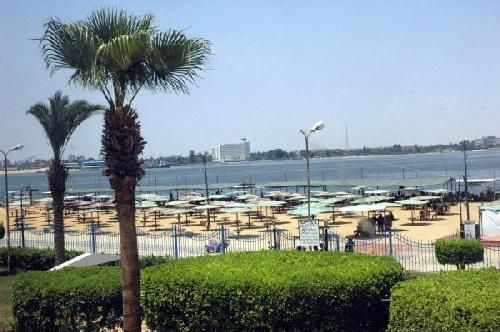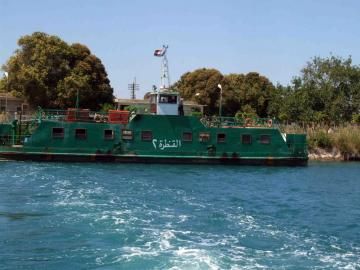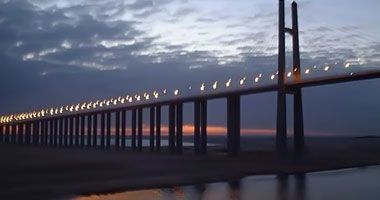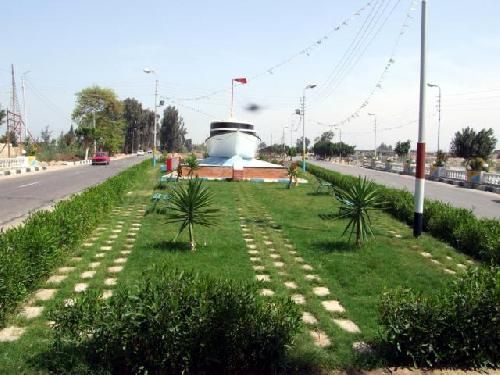
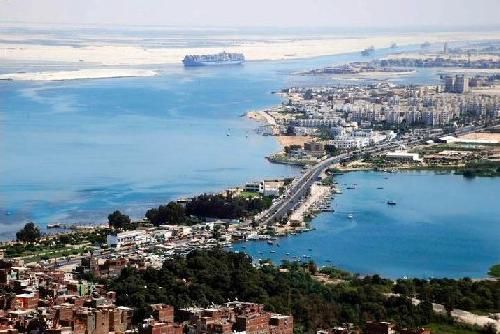
Ismailiya is a governorate in the east of Egypt on the bank of the Suez Canal, between the Port Said Governorate and Suez Governorate. Ismailia covers about 4482 km² and comprises of a large number of administrative centers, cities and villages. The main economic resources of the governorate are driven from agriculture and fishing as well as the logistic industry related to the Suez Canal.
The capital of the governorate is Ismailia City that is regarded as the second largest city on the Mediterranean coast after Alexandria. Ismailia is a land of a great History that date back to the Predynastic era since it was the capital of Egypt during the reign of the 8th nome in Low Egypt.
 Ismailya was mainly standing over the area of El Temsah Lake or the Crocodile Lake that was the first destination to which the early immigrants to the Ismaileya area directed. It was known by that name till the reign of Khedive Ismail who called it after his name. In addition to the natural beauty, magnificent weather and charming gardens, Ismailiya Governorate encloses some monuments that date back to the ancient Egyptian times. On top of these monuments are basalt temple of Aton, the Ptolemaic Alabaster Coffin that is on display in Ismailia Museum.
Ismailya was mainly standing over the area of El Temsah Lake or the Crocodile Lake that was the first destination to which the early immigrants to the Ismaileya area directed. It was known by that name till the reign of Khedive Ismail who called it after his name. In addition to the natural beauty, magnificent weather and charming gardens, Ismailiya Governorate encloses some monuments that date back to the ancient Egyptian times. On top of these monuments are basalt temple of Aton, the Ptolemaic Alabaster Coffin that is on display in Ismailia Museum.
Ismailiya City
Ismailiya City is the capital of Ismailiya Governorate on the Suez Canal. The city is distinguished with the colonial houses where the English and French administrators of the Suez Canal once lived. Ismailia City was mainly constructed in the reign of Said Pasha and the festival of its construction was held in 1869 and was known as El Temsah Lake or the Crocodile Lake.It was a historical festival attended by a large number of foreign presidents and political leaders. After digging the Suez Canal, it was given this name after Khedive Ismael , the ruler of Egypt at that time. Nowadays, Ismailia is one of the preferable resorts for most of Egyptians and foreigners alike for its fascinating outstanding natural beauty of parks and beaches especially in El Timsah Lake.

On top of the festival that take place annually in Ismailiya City is the Spring Festeval that attracts people from other governorate to enjoy watching the marvollous collection of flowers and trees in El Ismailia and enjoy its good weather.
Abu Sir
Abu Sir is one of the cities of Ismailiya Governorate on the coat of the Mediterranean Sea. It encloses Abou Sir Military Airport that is regarded as one of the most important buildings in the city. Most of the inhabitants of the city earn their living from logistic services in the Suez Canal, fishing, and agriculture.
El Qantara Gharb
 El Qantara Gharb is a city in Ismailiya Governorate on the west bank of the Suez Canal. It is bordered by Bour Said Governorate from the west and Suez Canal from the east and Ismailiya City from the south. The most remarkable structures in the city is El Salam Bridge that linkw the eastern and the western banks of the Suez Canal. Near the city, there are a number of archeological sites that date back to the Twenty-sixth Dynasty.
El Qantara Gharb is a city in Ismailiya Governorate on the west bank of the Suez Canal. It is bordered by Bour Said Governorate from the west and Suez Canal from the east and Ismailiya City from the south. The most remarkable structures in the city is El Salam Bridge that linkw the eastern and the western banks of the Suez Canal. Near the city, there are a number of archeological sites that date back to the Twenty-sixth Dynasty.
El Kantara Sharq
 El Kantara Sharq is a city in Ismailiya Governorate. It is known in that name for its location on the eastern bank of the Suez Canal facing El Qantara Gharb City. The city has remains of fortresses from the Late Pharaonic and the Greco-Roman Periods. It also was the starting point of the Military Road of Horus.
El Kantara Sharq is a city in Ismailiya Governorate. It is known in that name for its location on the eastern bank of the Suez Canal facing El Qantara Gharb City. The city has remains of fortresses from the Late Pharaonic and the Greco-Roman Periods. It also was the starting point of the Military Road of Horus.
El Kantara Sharq City ecnompasses a military citadel that date back to the Mamluk period established by Sultan El Ghuri on the same style of his citadel in Syria. Nowadays the citadel is military and industrial center and glass factory.
El Qassasin El Gedida
El Qassasin El Gedida is a city in Ismailiya Governorate that situates about 15km away from Ismailia City and 35km away from El Zaqazeeq City in El Sharqeya Governorate. It comprises of a number of smaller towns and villages and is famous for the Military Hospital that was established by King Farouk in 1943.
El Tal El Kebir
El Tal El Kebir or Tel El Kebir is a city in Ismailiya Governorate about 110km away from Cairo, 80km from Port Said. It is a city of great history since is registered in some documents that date back to the ancient Egyptian eras that it was the first area in Egypt where cotton was planted. In Modern Era, it was the place where El Tall El Kabir Battle took place between the Egyptian troops headed by Ahmed Urabi and the Bristish army. It was one of the important cities during the World WarI and II and there are still a large number of tombs for members of the foreign occupation troops in Egypt.
City of Fayed
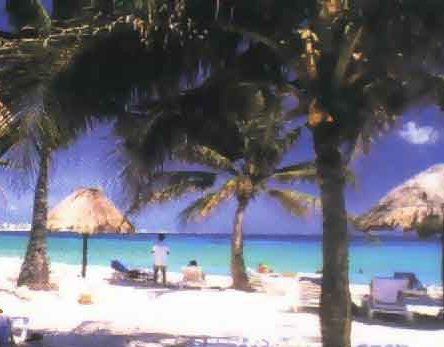
 Fayed is a city and a summer resort in Ismailiya Governorate that locates next to El Tall El Kebir City and on the borders of Suez Governorate. Of special interest in Fayed City is the ancient Serapeum that dates back to the Greco-Roman Period.Nwoadays it is one of the preferable resorts for middle class families for its good weather and marvellous resorts with quite affordable prices.
Fayed is a city and a summer resort in Ismailiya Governorate that locates next to El Tall El Kebir City and on the borders of Suez Governorate. Of special interest in Fayed City is the ancient Serapeum that dates back to the Greco-Roman Period.Nwoadays it is one of the preferable resorts for middle class families for its good weather and marvellous resorts with quite affordable prices.
El Tel El Soughayar
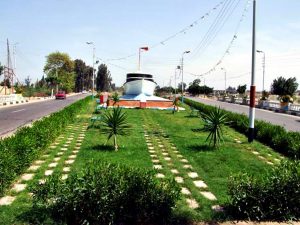
The site of El Tal El Kebir (The Great Mound) and El Tel El Soughayar (the Small Mound) is one of the most ancient archeological sites in the governorate of Ismailiya. It is located 4 km from Ismailiya-Zagazig Road.
On this land were found prehistoric and Pharaonic remains and tombs as well as storehouses buildings and coins pertaining to the Graeco-Roman period.
Tal Abu Nashaba
The rich archeological site of Tal Abu Nashaba (Nasheba) and El-Hatab (Hattab) lies near the city of El-Qassasin. It was once located on the bank of the Sesostris Channel that connected the Nile to the Red Sea. Here, there are the ruins of a bridge, the channel bed in addition to some Greco-Roman baths and remains.
Tal El Bahr
The archeological site of Tal El Bahr ('Sea Mound') is located 10 km from El-Tal El Kebir (Great Mound), on the road of Deir El Malak, in the governorate of Ismailia. The remains found at this site date back to the Hyksos Period. At the site, a collection of various pots were also found.
Tal El Koa
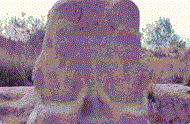
The archeological site of Tal El Koa (Quwa, Quwah or Koua) is located about 10 km from the city of El-Qassasin El-Gedida, in the governorate of Ismailia. The site includes remains that date back to the Second Intermediate Period and the Hyksos occupation. Here, there are the remains of mud-brick houses, stone buildings and a huge number of tombs and unburnt brick cemeteries.
Tal El-Ratabi

The important archeological site of Tal El-Ratabi (Rataby) lies near the village of Om Azam. It is thought that it was the place where Jacob, father of Prophet Joseph, stayed. Excavations began at this site in 1906. At the village, were found the remains of a fort dating back to the reign of Amen-Em-Hat I (of the Middle Kingdom), a great wall, a temple, as well as many other Pharaonic cemeteries.
Tal El-Sheikh Selim and Om Bardi
The important archeological site of Tal El-Sheikh Selim (Sileem) and Om Bardi (Umm Birdy or Bardy) is located in the vicinity of El-Kilaniya Village and to the south of old Mahsma village, in the governorate of Ismailia. The route of the old channel that once connected the Nile with the Red Sea passes through this area. At this site, tombs that date back to the Hyksos Period were discovered.
Tal Hassan Daoud
Dating back to pre-historic era, the important archeological site of Tall Hassan Dauod (Tel Hassen Dawoud) lies to the south of El-Ba'alwa El-Kobra village and alongside El-Tomaylat valley in the governorate of Ismailia. It was discovered in 1989. Records indicate that a great number of tombs was found at the site—over 300 burials of the same era.
